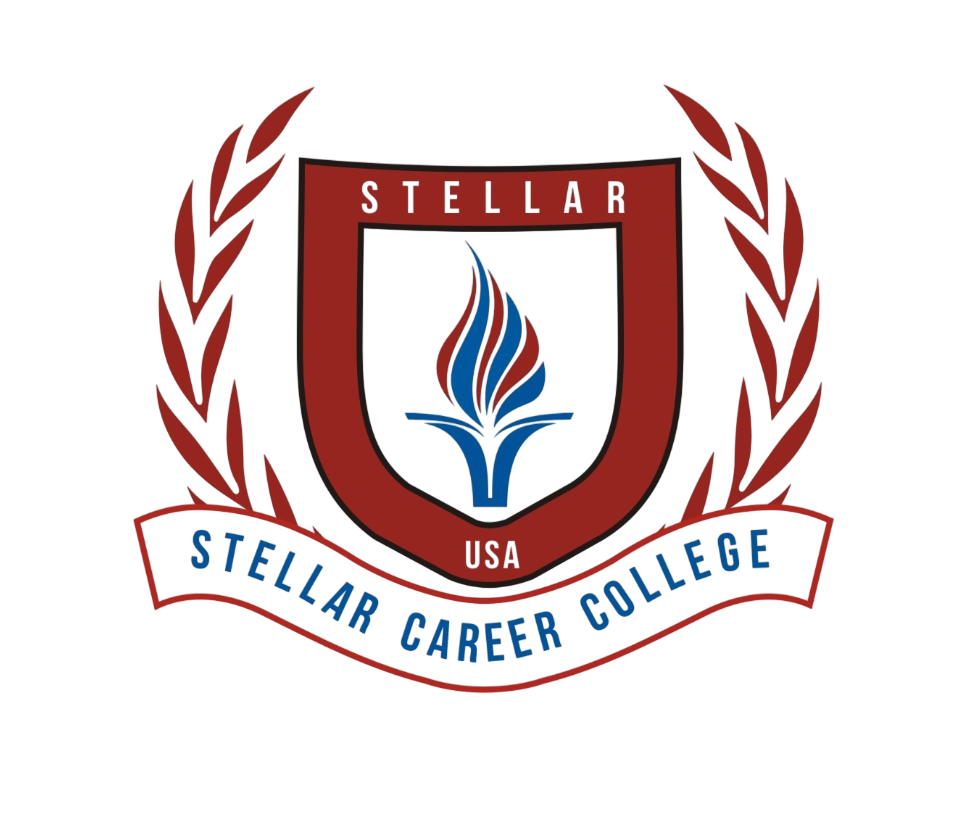
MRI Research & New Development Literature Source
MRI Research Literature plays a crucial role in advancing diagnostic imaging and healthcare practices. This source highlights key academic studies and breakthroughs that guide the future of MRI technology
Key Areas of Current MRI Research
Recent studies highlight several emerging trends:
- Artificial Intelligence (AI) in MRI – Researchers are using AI algorithms to reconstruct images more quickly and with higher accuracy, reducing patient scan time.
- Ultra-High-Field Imaging – New MRI systems with stronger magnetic fields provide ultra-detailed brain and musculoskeletal imaging, opening doors to early detection of neurological disorders.
- Functional MRI (fMRI) – Expanding applications in neuroscience allow clinicians to map brain activity in real time, supporting both clinical and academic research.
- Low-Field Portable MRI – Literature shows growing interest in accessible MRI solutions for rural or underserved healthcare settings.
Why Literature Sources Matter
For clinicians, radiologists, and students, staying updated with credible literature ensures evidence-based practice. Journals like the Journal of Magnetic Resonance Imaging (JMRI) and Radiology Journal provide peer-reviewed insights into ongoing research. Therefore, they remain essential resources for understanding technological progress and clinical applications.
Bridging Research and Practice
While cutting-edge studies may appear highly technical, they eventually translate into practical benefits for patients—clearer images, safer procedures, and quicker diagnoses. As a result, MRI research not only advances science but also directly improves healthcare delivery.
Explore Healthcare Education at Stellar
At Stellar Career College, our healthcare programs prepare students to engage with evolving diagnostic technologies, including MRI. Through hands-on learning and academic support, you can develop the skills required to succeed in this growing field.

